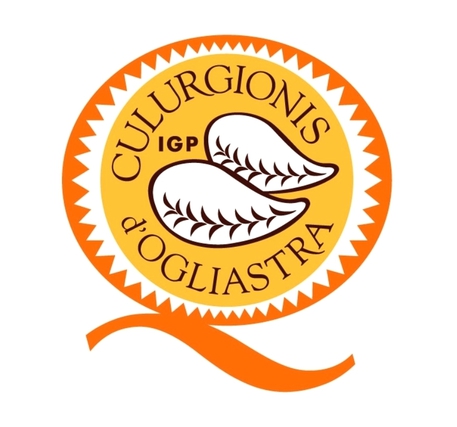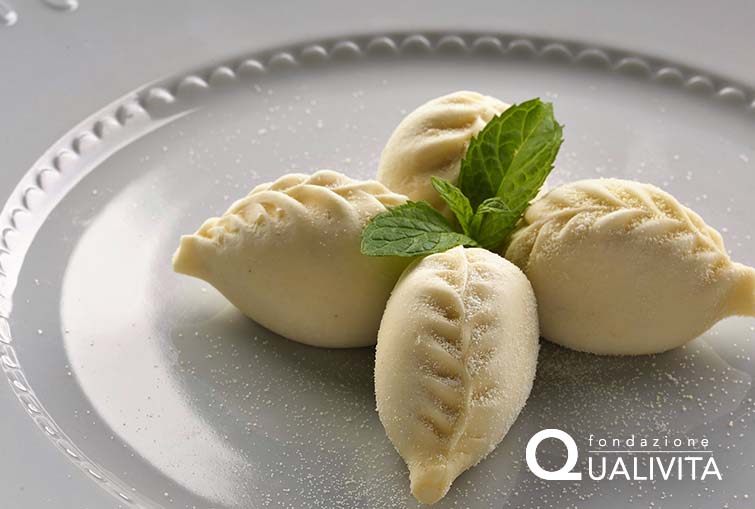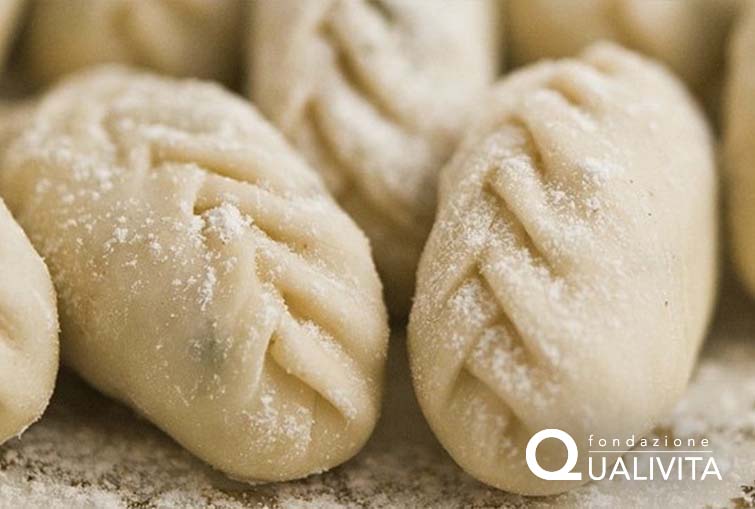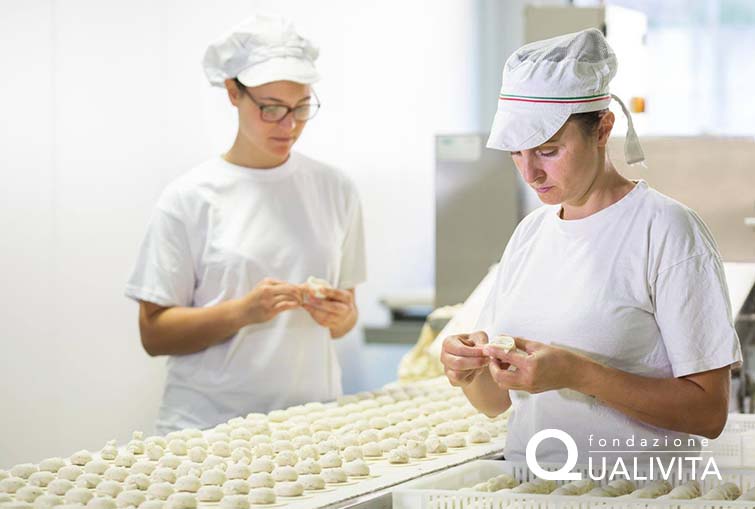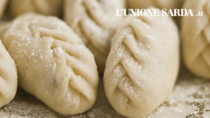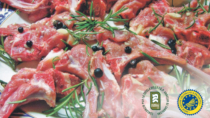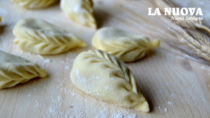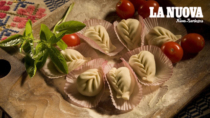Description
Culurgionis d’Ogliastra PGI is fresh dumpling-shaped pasta closed by hand and filled with a mixture of fresh potato or dehydrated potato flakes, cheese, vegetable and/or animal fats, seasoning herbs.
Production Area
The production area of Culurgionis d’Ogliastra PGI is within numerous municipalities in the Province of Nuoro, and three municipalities in the Province of Sud Sardegna, in the Sardinia region.
Production Method
Culurgionis d’Ogliastra PGI is made in two stages: first the pasta dough, then the filling. The pasta dough is made with durum wheat semolina and soft wheat flour, both present in a variable ratio of 15-70% of the weight of the dough, lard, salt and water. Extra virgin olive oil or butter may be used as an alternative to lard. The filling is made of potato (60 -80%); a mixture of Sardinian cheeses such as Casu Axedu, sheep’s cheese, goat’s cheese, cow’s cheese (10-25%); suet and/or lard and/or extra virgin olive oil. Mint, basil, garlic and onion may also be added. The pasta dough is made by mixing all the ingredients in a mixer. The dough is then passed through the roller and fed into the sheeter. The sheets are then extruded and circular shapes are cut out, onto which the filling is placed. The edge of the pasta is closed by hand, sealing in the filling and creating the characteristic shape of an ear of corn.
Appearance and Flavour
Culurgionis d’Ogliastra PGI are dumpling-shaped with a slightly convex edge where the characteristic closure is, reminiscent of an ear of corn. Each one weighs from 20 to 33 g. They are soft and the pasta is uniform. The colour of the pasta ranges from white to yellow, while the filling is darker yellow, with possible greenish streaks due to the presence of mint and/or basil. They have a tangy, aromatic flavour, varying in strength depending on the mixture of cheeses, which is softened slightly by the sweetness of the potatoes; there is a spicy aftertaste. The intense fragrance is given to the flour and semolina, as well as the aromatic herbs or spices.
History
Culurgionis d’Ogliastra PGI has carved out a name for itself thanks to having been identified with the geographical production area, Ogliastra, which is particularly immune to cultural influences from other regions. They started out as a “poor man’s” food, typical of the agropastoral culture, therefore the filling was changed according to the availability of local products. Potatoes were one of the most readily available products, and to give them more flavour they were enriched with cheese, fats and herbs.
Gastronomy
Culurgionis d’Ogliastra PGI can be kept in packaging with a modified atmosphere or frozen. They must be eaten cooked. They are excellent with tomato sauce and grated Pecorino Sardo PDO, or with bottarga and Sardinia PDO extra virgin olive oil, as is traditional in the town of Lanusei, in the Province of Nuoro. They are also delicious fried or roasted, according to typical recipes.
Marketing
The product is marketed as Culurgionis d’Ogliastra PGI. It is sold loose or in packets. Culurgionis d’Ogliastra PGI can be packaged fresh, in modified atmosphere packaging, or frozen. Culurgionis d’Ogliastra PGI can only be sold loose when fresh.
Distinctive Features
The stylised ear of corn, which characterises the traditional and unique way of closing pasta in the geographical region of Ogliastra, is traditionally done strictly by hand. The result resembles a line of stitches or embroidery, because to seal the filling inside, the pasta is skillfully closed first on the left and then on the right.



